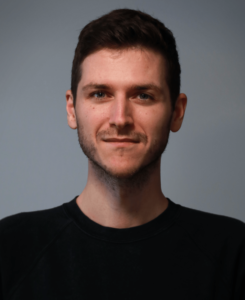⬥ Level of Understanding
Fairly adequate understanding, this is a methodology that has helped me in a number of areas. It ties in neatly with other thoughts on this blog.
Closely examine the patterns in your life, the problems that seem to repeat over and over again, to identify the cause and effect relationships behind them and allow you to deal with them appropriately. Reality will show you whether your principles are working or need to be adjusted. This learning produces a real-time feedback loop that will gradually enhance your understanding of the world. Ray Dalio describes a five-step plan to develop these principles:
- Have clear goals: Define what you want and reconcile your goals with your desires. Break up your dreams into smaller, more attainable goals. At this stage, nothing is impossible, think big and be as precise as possible when describing what you want.
- Identify your problems and don’t tolerate them: identify the roadblocks that stand between you and what you want. Don’t mistake a cause of a problem with the real problem (a lack of sleep is a cause, not a problem). Do not tolerate problems, regardless of their severity.
- Diagnose your problems to get at their root causes: The most important thing is to separate diagnosing a problem from actually finding a solution for it. At this point, focus only on diagnosis. Think about the status quo and try to gather as much information about the problem and its surrounding circumstances.
- Design a plan and principles that will help you deal with the problem effectively and attain your goals: practice higher-level thinking, look at the patterns and see what can be done to change them. Differentiate between the principles designed to deal with certain recurring problems and the plan you put in place to attain your goals. This plan is not final, and will be adjusted as you move along.
- Push through to completion: Execute your plan and fine-tune your principles to deal with your problems. Remember to have clear metrics to measure your progress.
I view this process as a kind of brainstorming, where you map out where you are right now, and where you want to go and then fill out the blanks. The goal is to understand what stands between you and what you want: the people, relationships, weaknesses, events etc.
Dalio’s approach is very methodical and rational. This is helpful, but only when we understand that the execution is going to be messier and more confusing than first outlined here. A good way to think about this process is in the context of the Cycle of Action. We will fail, possibly at every step of the way. But it is imperative to pick up the pieces, and try again.
These methodologies always need to be combined with our intuitive inner nature to be effective, otherwise, we are at risk of them producing unrealistic expectations.
Sources and Further Reading
Dalio, R. (2017). Principles: Life and Work. Avid Reader Press / Simon & Schuster.

